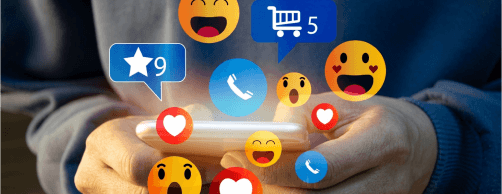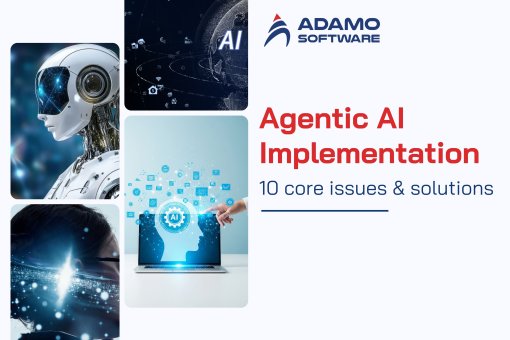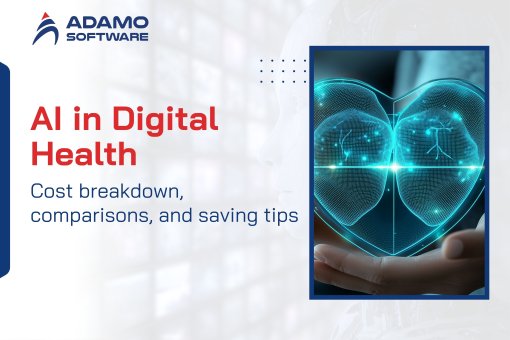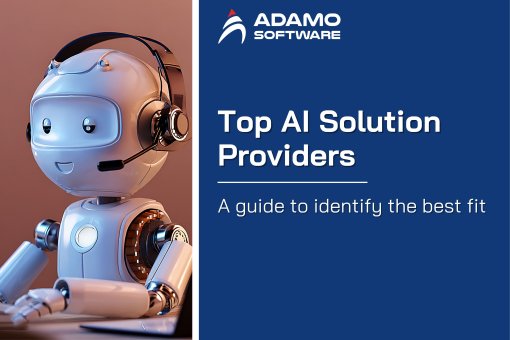Medical AI Assistants: Features, use cases, and future trends
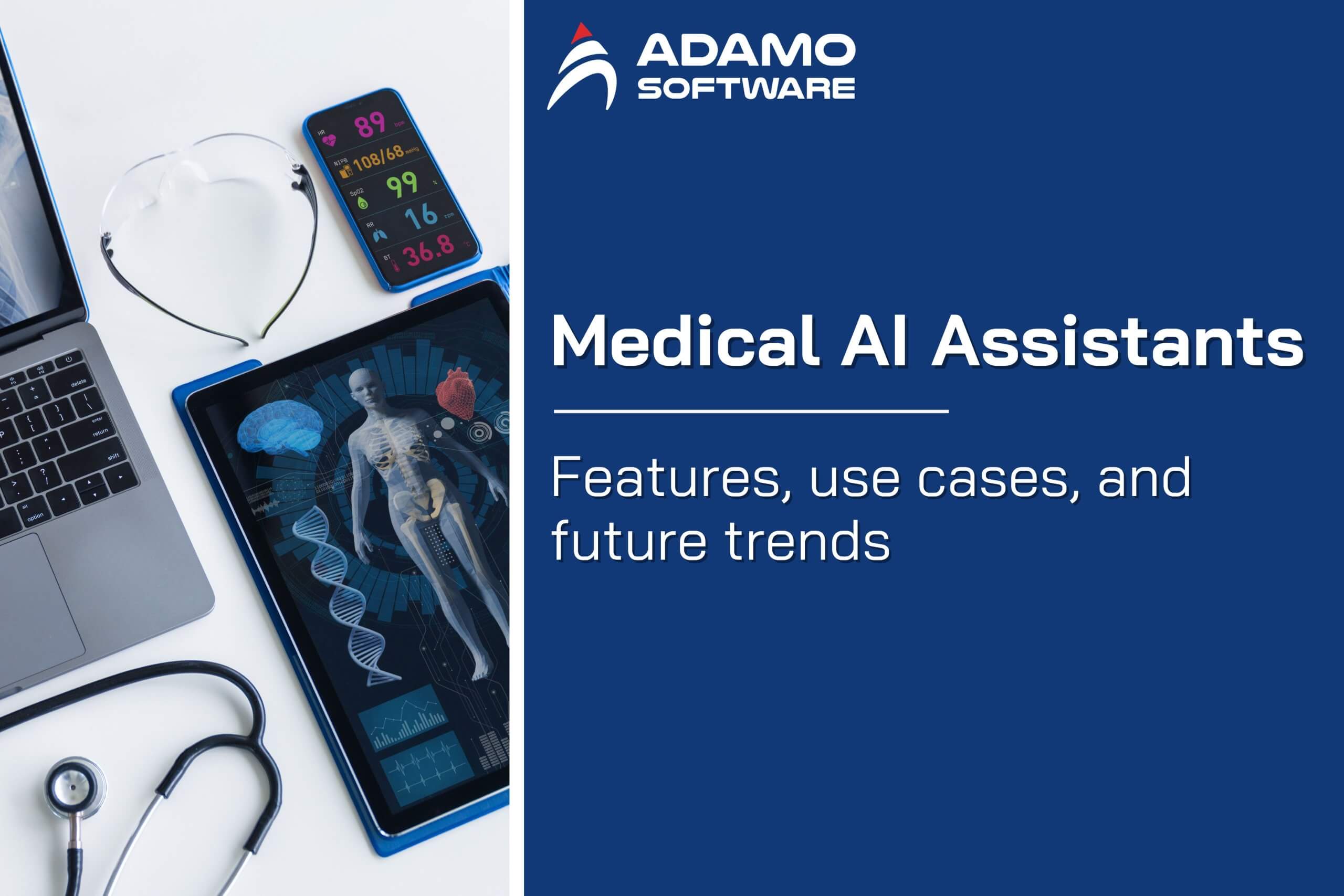
Boost efficiency with Medical AI Assistants. Automate admin work, streamline patient care, and give healthcare teams more time for what matters most.
Hospitals and clinics today juggle too much: staff stretched thin, endless patient data, and constant pressure to deliver timely care. Missed calls, late follow-ups, or skipped medications aren’t just frustrating—they can hurt patients and operations.
Medical AI Assistants are stepping in to change that. Far more than simple chatbots, they integrate with hospital systems to automate paperwork, guide patients in real time, and support clinicians with quick, data-driven insights. The result is less time spent on routine tasks, smoother workflows, and more energy devoted to what truly matters—caring for people.
In this article, we will explore:
- What are Medical AI Assistants? Understanding the role and capabilities of AI-powered virtual assistants in healthcare.
- What are the features and capabilities of AI medical assistants?
- Real-world use cases with examples of AI virtual assistants
- Future trends in medical AI assistants to look forward to
I. What are Medical AI Assistants?
Today’s Healthcare teams are under constant pressure: too many patients, too much data, and insufficient time. A Medical AI assistant is designed to ease part of that load. Instead of digging through piles of electronic health records or manually comparing lab results, doctors can turn to an AI assistant that has already been trained in medical data and treatment protocols.
Some people confuse these assistants with AI chatbots or even AI agents. The difference is more than just wording:
- Chatbots are simple and suitable for booking an appointment or giving quick answers.
- Agents are more independent — they act almost like digital colleagues who can update patient files or arrange follow-ups automatically.
- Medical AI assistants land somewhere in between. They can’t fully replace human judgment, but understand structured data (blood tests, vital signs) and unstructured notes (EHR entries, treatment guidelines). That makes them capable of answering practical, context-driven questions a chatbot can’t handle.
Think of it this way: if a hospital manager asked, “How long do our patients with diabetes usually stay admitted?”, a Medical AI assistant could pull the data and provide a reliable answer in seconds.
The key, however, is integration. These assistants only show their value once connected to the systems hospitals already use — EHRs, scheduling tools, etc. When that happens, the impact is clear: less time on paperwork, smoother workflows, and more attention available for patients.
II. What are the features and capabilities of an AI medical assistant
Medical AI assistants bring five core capabilities to healthcare: availability, personalization, communication, documentation, and monitoring. Each one plays a role in reducing the daily pressure on medical teams while making care more accessible for patients.
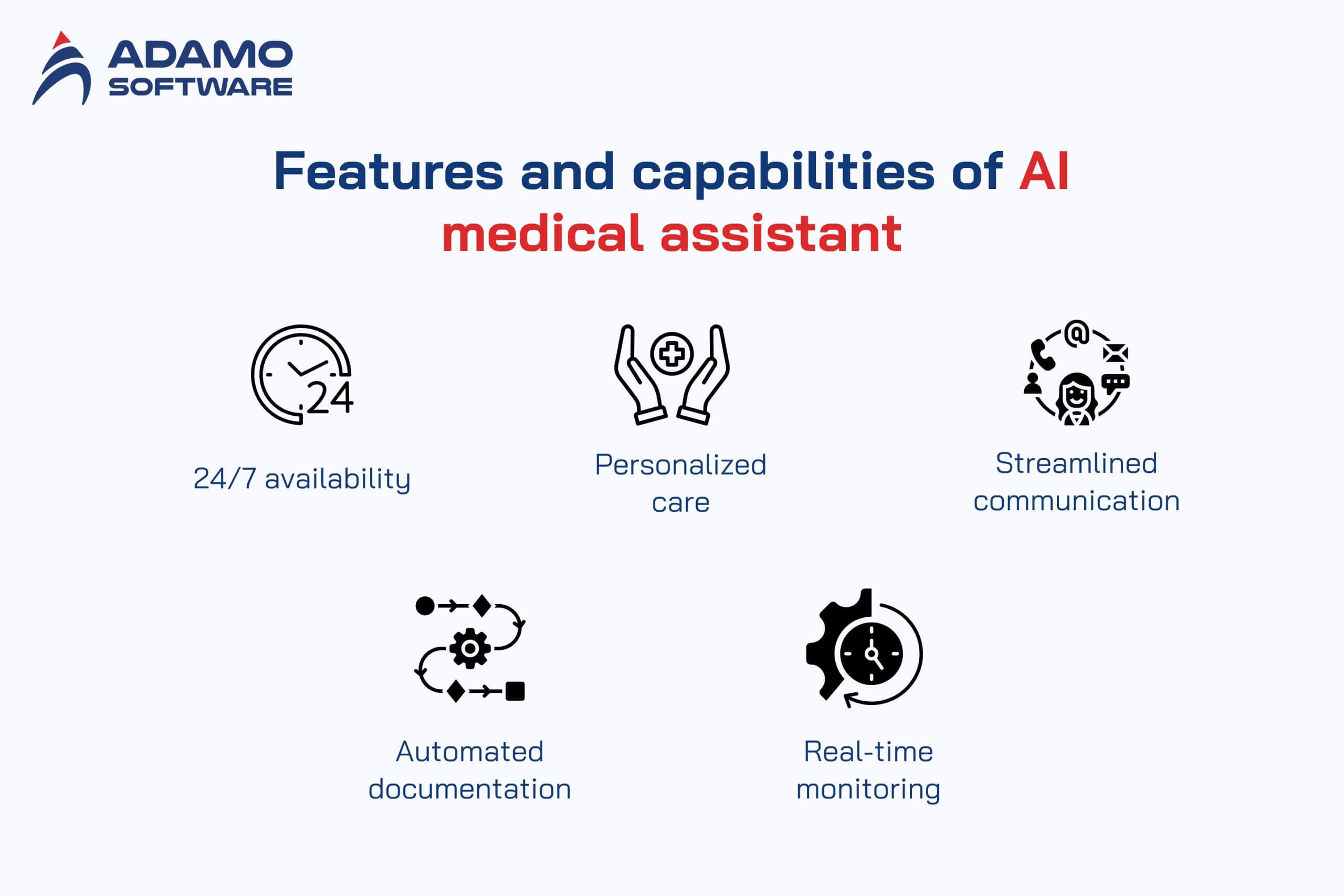
24/7 availability
Medical AI assistants are always on. Patients can reach out anytime — even midnight — and get reliable guidance. This constant access creates peace of mind and reduces the stress of waiting for office hours.
Personalized care
By analyzing patient history and preferences, AI assistants provide tailored responses. From customized reminders to lifestyle-specific advice, this personalization helps care feel more connected and human.
Streamlined communication
Communication gaps in healthcare cause missed appointments and patient frustration. AI assistants close those gaps by confirming schedules, clarifying prescriptions, answering FAQs, and keeping conversations smooth and stress-free.
Automated documentation
Doctors spend hours every week on paperwork. AI assistants automate updates to medical records and prepare standard reports, giving clinicians more time to focus on patients instead of forms.
Real-time monitoring
AI assistants track vital signs such as heart rate or oxygen levels through wearables. Alerts are sent instantly if unusual trends appear, enabling providers to act before minor issues become emergencies.
III. Real-world use cases with examples of AI virtual assistants
For years, healthcare providers have faced the same operational pain points: long waits on the phone, repetitive questions, missed medications, and patients unsure of where to go for help. AI virtual assistants are quietly rewriting that story. Far from being “future tech,” they are already solving everyday problems in hospitals, clinics, and even at home — while delivering measurable business impact.
The five most common use cases include:
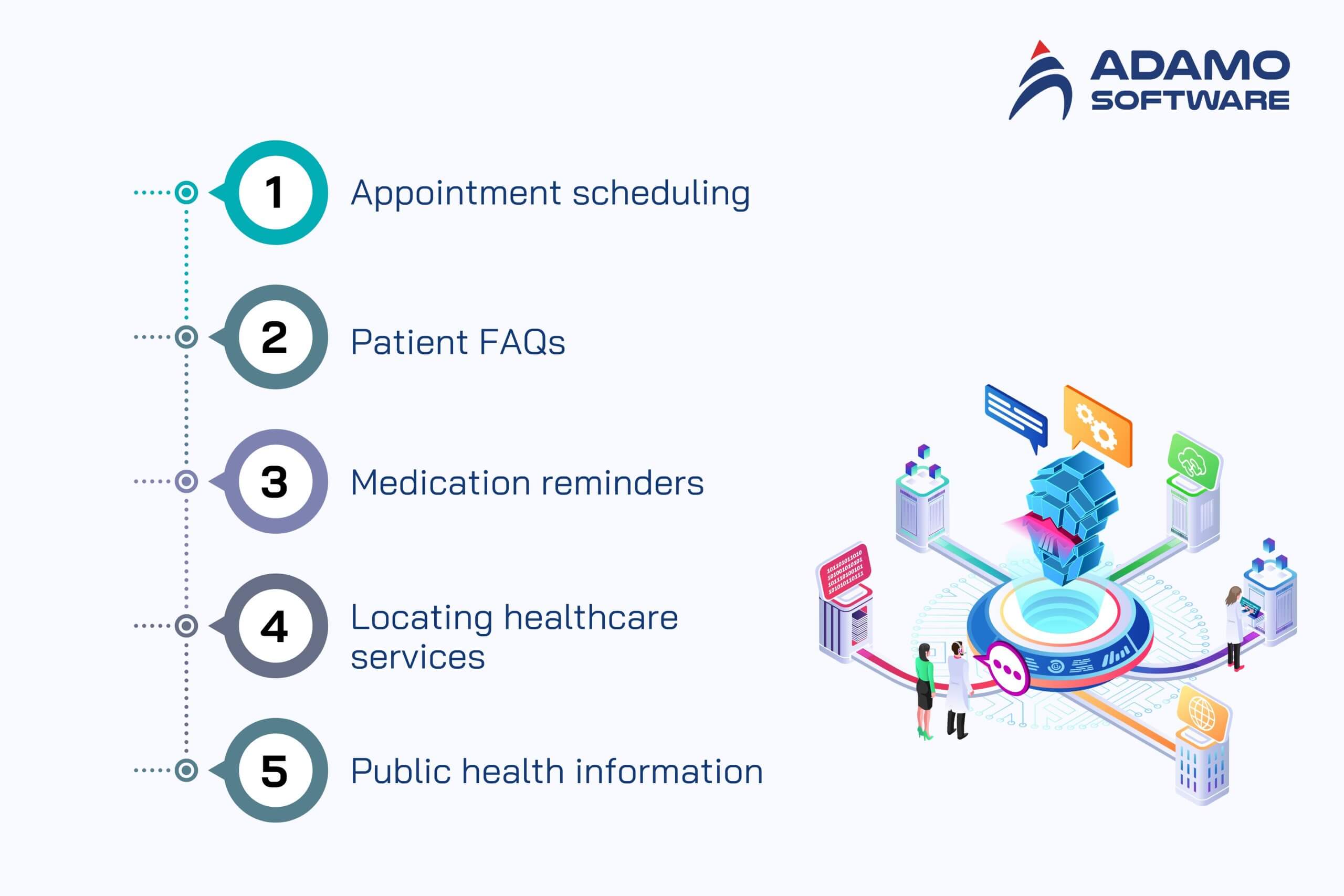
- Appointment Scheduling: Patients can book or reschedule anytime, and get reminders, so fewer appointments are missed, and staff can focus on care.
- Patient FAQs: Handles repeated questions instantly, giving patients answers fast while freeing staff for more critical tasks.
- Medication Reminders: Keep an eye on medications through handy apps or wearables, sending alerts and tracking doses.
- Locating Healthcare Services: Quickly guides patients to the nearest clinic, pharmacy, or testing center without stress.
- Public Health Information: Shares accurate updates on outbreaks, vaccinations, and travel advisories, helping patients stay informed.
1. Appointment Scheduling
Booking a doctor’s visit is often frustrating for patients and costly for providers. Call centers are overloaded, no-shows waste resources, and rescheduling takes staff hours. AI assistants automate this process 24/7 — from booking to reminders — reducing missed appointments and freeing up administrative staff.
Hospitals like the Cleveland Clinic, Mayo Clinic, and Mount Sinai now integrate these assistants directly into patient portals. The result: smoother patient flow, higher staff efficiency, and better resource utilization. Some clinics report double-digit reductions in no-show rates after adoption.
2. Answering Patient FAQs
Every healthcare team knows the drain of repetitive inquiries: office hours, insurance details, prescription refills. While these questions don’t require medical expertise, they take valuable staff time. AI assistants instantly handle these queries across apps, websites, and voice-enabled devices.
The benefit is twofold: patients get immediate, consistent answers, and staff regain daily hours to focus on more complex care needs. Babylon Health, Buoy Health, and Ada Health have shown how scaling FAQ support through AI can significantly improve patient engagement without adding headcount.
3. Medication Reminders
According to the CDC, medication non-adherence costs the U.S. healthcare system an estimated $100–$300 billion annually. Even the most disciplined patients forget doses — and for chronic conditions, the consequences can be severe. AI assistants step in with personalized reminders, refill alerts, and adherence tracking, often integrating with wearables or mobile apps.
Solutions from Medisafe and Orbita show how these “digital partners” improve patient adherence, leading to fewer complications and lower long-term treatment costs. The ROI comes through reduced readmissions and improved population health outcomes for providers and payers.
4. Locating Healthcare Services
When patients need urgent care, the last thing they should worry about is navigating search engines. AI assistants make this easier by combining GPS with health databases to direct patients to the nearest, most relevant facility — a pharmacy, urgent care clinic, or testing site.
This reduces patient anxiety while ensuring faster access to appropriate care—platforms like Florence and Your.MD demonstrates how these assistants support patients on the move and optimize care pathways for health systems.
Also read:
Virtual Health Assistant: Why they matter and how to create one
Agentic AI in Healthcare: Transforming Patient Care with Smarter Decisions
Explore Our Tailor-made Software Development Solutions
We are confident in providing end-to-end software development services from fully-functioned prototype to design, MVP development and deployment.
5. Sharing Public Health Information
In times of crisis, accurate communication saves lives. These assistants share reliable, up-to-date details on outbreaks, vaccines, and travel guidelines, available through chats, mobile apps, and websites.
During COVID-19, the CDC’s “Clara” chatbot and WHO’s assistant became critical communication tools, answering millions of questions in real time. The impact was clear for governments and health agencies: less misinformation, improved public trust, and lower pressure on call centers and hotlines.
IV. Future trends in medical AI assistants to look forward
Healthcare is changing fast, and medical AI assistants are at the forefront. Instead of just handling routine tasks, the next generation of AI will help providers deliver smarter, faster, and more personal care — while patients get a more supportive, connected experience.
Here’s what’s coming next:
- Personalized Patient Engagement: AI can spot patterns in a patient’s habits and history. Instead of generic reminders, it can suggest tailored advice or gently nudge when someone might miss a dose. One nurse shared how her patients seemed calmer knowing the system “reminded them like a friend,” not a machine.
- Expanded Diagnostic Capabilities: AI will dig into complex data — from genetics to imaging scans — spotting easily missed patterns. This means earlier detection of rare conditions and more precise tracking of chronic diseases like cancer or heart disease.
- Integration with Wearables: By connecting with smartwatches and other devices, AI can monitor real-time vitals like heart rate, blood pressure, or glucose. If something looks off, it can alert both patients and clinicians, helping prevent complications before they happen.
- Virtual Health Coaching: Beyond reminders, AI will act like a digital coach, guiding patients to manage chronic conditions, improve mental health, or hit fitness goals. These assistants can encourage small, sustainable changes that will enhance long-term health.
- Enhanced Provider Support: Doctors and nurses spend too much time on paperwork. AI will take over repetitive tasks like documentation, billing, and scheduling while suggesting insights from patient data to help with decisions. This allows clinicians to focus their time and expertise on delivering better patient care.
These trends show that medical AI assistants are moving toward proactive, personalized, and efficient healthcare. Investing in this technology means smoother workflows, happier patients, and measurable impact on outcomes and costs.
V. Final thoughts

AI assistants in healthcare are quietly changing the daily workflow of hospitals and clinics. Staff can spend less time on routine tasks and paperwork, while patients receive timely guidance, reminders, and support—making care smoother and more responsive.
Adamo Software builds tailored AI Assistant solutions that integrate seamlessly with your existing systems, from EHRs to scheduling tools. These assistants help your team work smarter, reduce administrative stress, and focus more on delivering quality care.
Curious how AI can boost your healthcare operations? Reach out to Adamo Software today and see a solution built just for you.
FAQs
1. How does an AI Assistant in Healthcare work?
AI assistants act like intelligent helpers for healthcare teams. They look at patient data, lab results, and notes to find meaningful patterns. The assistant gives clear, actionable insights when a clinician asks a question. This helps staff make faster, more informed decisions without sifting through large volumes of patient data.
2. Who can benefit from AI Assistants in Healthcare?
Almost everyone in healthcare can benefit. Doctors and nurses get support with routine tasks. Administrators save time on scheduling and paperwork. Patients receive timely reminders and guidance. Researchers can spot trends more quickly. Overall, daily workflows become smoother and more efficient.
3. What are the costs associated with AI Assistants in Healthcare?
Costs depend on how advanced the system is. Larger hospitals may pay more upfront. However, the efficiency gains usually outweigh the cost. Fewer errors, faster processes, and better resource management add real value. Many organizations see a return on investment within just a few months.
4. How secure is an AI Assistant in Healthcare?
Security is a top priority. These assistants are built with strong protections and follow regulations like HIPAA and GDPR. Patient data stays private. Healthcare providers can adopt AI with confidence, assured that compliance standards and data privacy are fully safeguarded.




